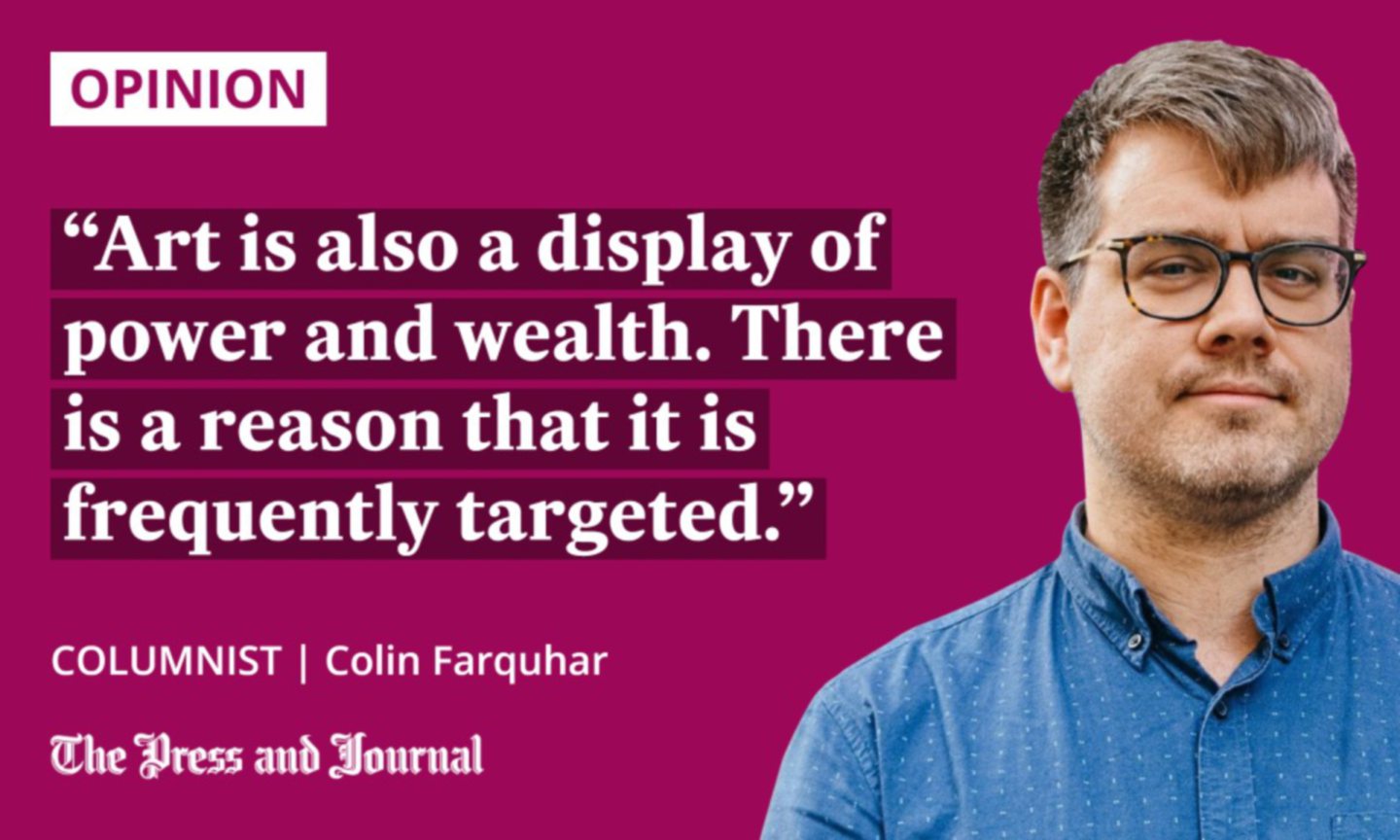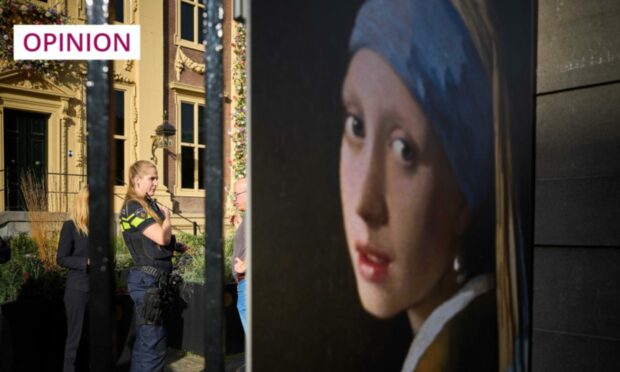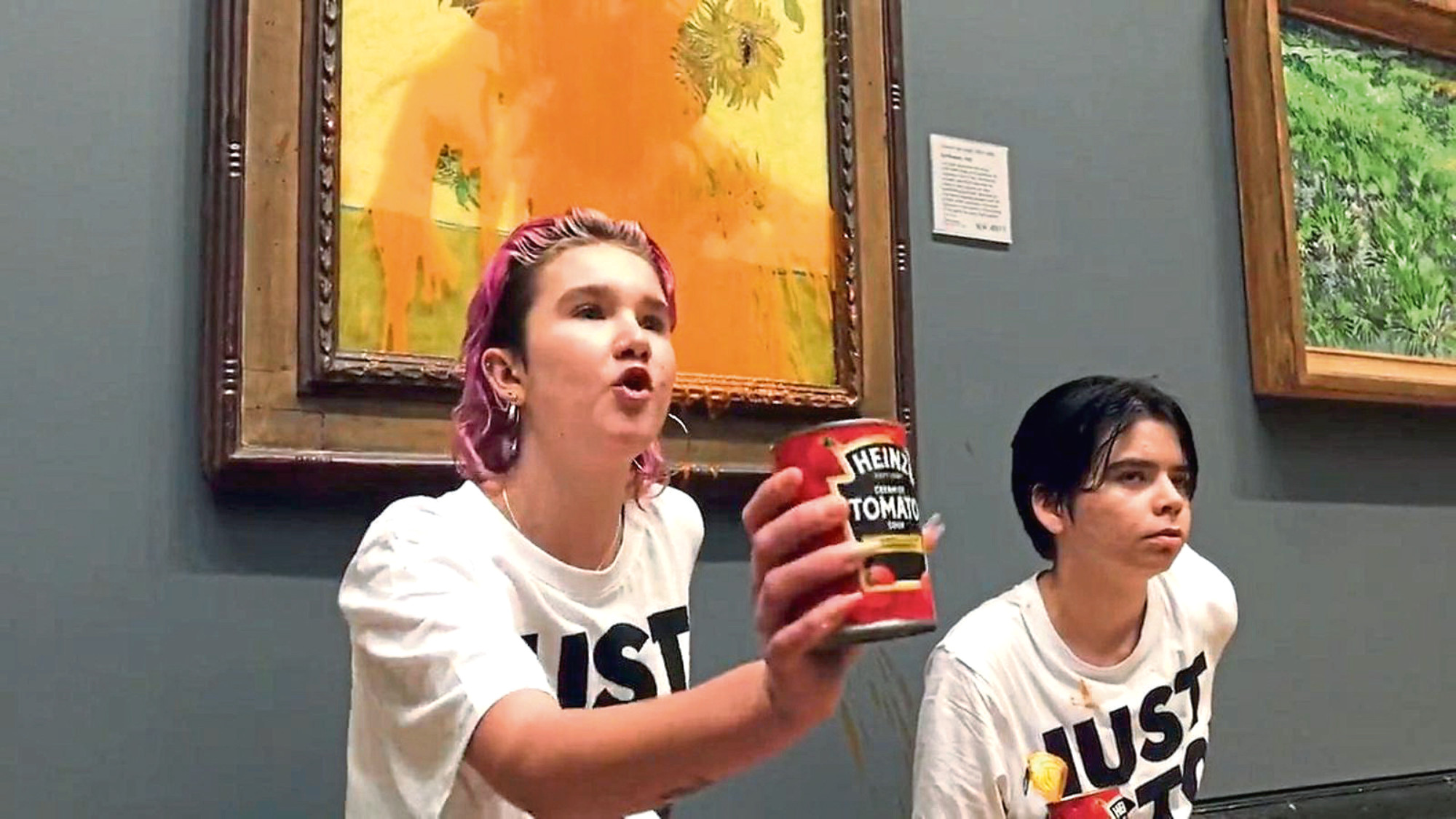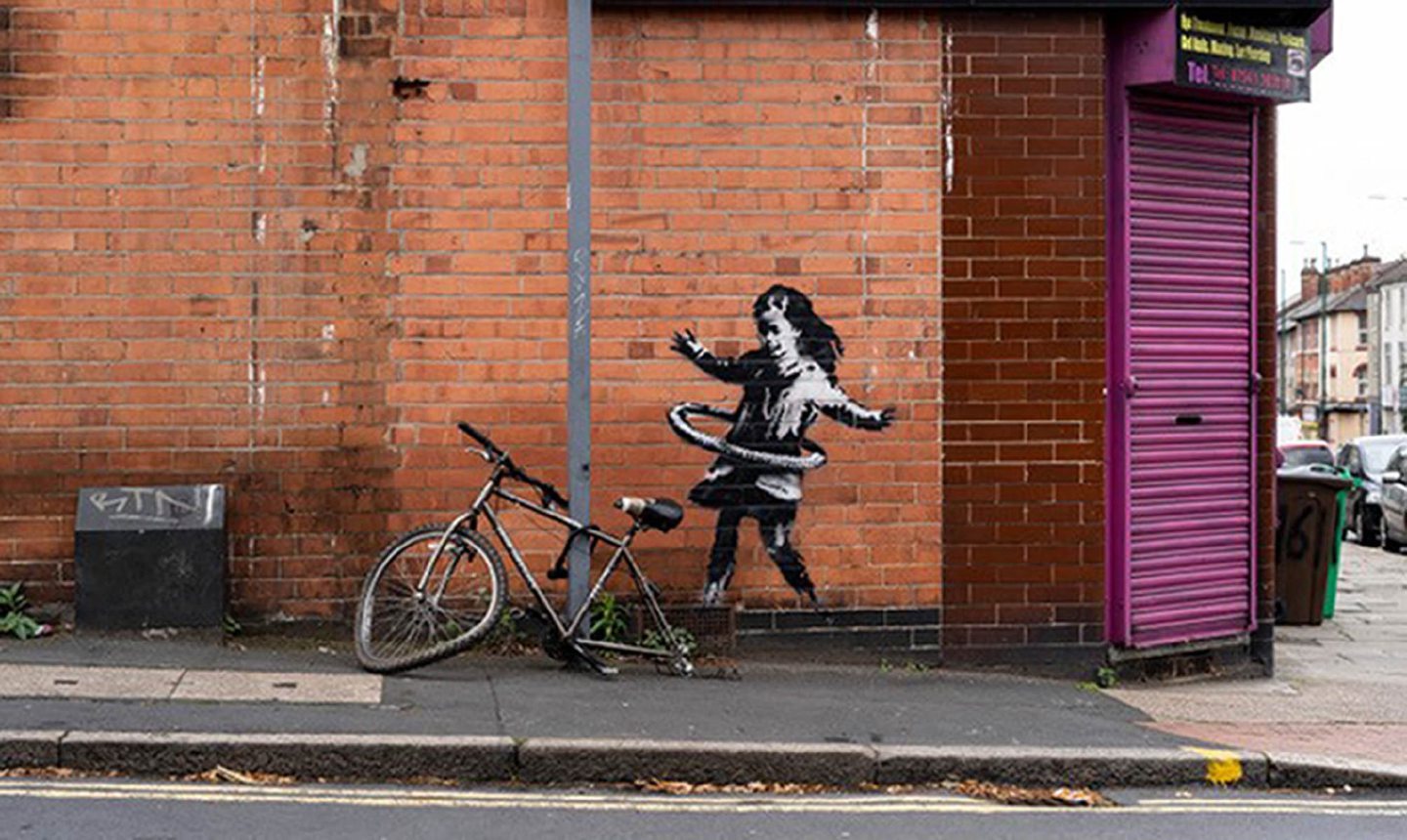Artists often find themselves at the forefront of protest movements. Art is both creation and destruction, writes Colin Farquhar.
I think it was in 2003 that I first saw Salvador Dali’s Christ of Saint John of the Cross.
It was in the St Mungo Museum in Glasgow, where the painting was housed for several years before being moved back to Kelvingrove Art Gallery. I was 18 and, to my memory, this was the first time that I had seen a painting – in person, in a gallery – that had been wilfully damaged.
The caption next to it described an attack by a man in 1961. He brandished a sharp stone, tore at the canvas, then set about it with his bare hands. The painting, although restored, still shows scars when one’s head is tilted the correct way in the light.

Art can inspire such visceral reactions. It’s fascinating to me when these reactions become overtly physical.
Christ himself, as depicted in the painting, is rather awkward. Suspended at an unusual and non-traditional angle above the earth, with a strange perspective down upon it.
Did it inspire the attacker into a religious fury? I had recalled that it had, but can’t, at this time, confirm anything more than that the “bearded-man” who carried out the act had been taken to the local psychiatric ward.
I wonder in what place in history the recent spate of attacks by climate activists will land. Van Gogh, Monet and Vermeer works have been subjected to protests in London, Potsdam and The Hague. I have a lot of sympathy and a certain commitment to the cause. I find myself unsure about the method and its effectiveness.
Good Friday? Well, I've had better…
Salvador Dali, in 1951, painting one of the jewels in the Glasgow collection's crown, Christ of St John of the Cross.
Pics: Daniel Farson pic.twitter.com/cwRWRQmmkL
— Lost Glasgow (@LostGlasgow) April 15, 2022
“How do you feel when you see something beautiful and priceless being apparently destroyed in front of your eyes?” Shouted a protestor in The Hague, his co-conspirator attempting to glue his head to Girl with a Pearl Earring. “Obscene” and “shame on you” came the replies from the gasping onlookers.
It must be noted that the paintings are undamaged, all three being protected by glass, and seemingly deliberately chosen because of that protection. But, there is something immediately needling about seeing a famous and familiar work being possibly ruined.
Oil and gas giants play role in funding art
On a recent trip around Aberdeen Art Gallery, I took in a few of my favourite paintings. Peter Howson’s Serb And Muslim, Landseer’s Flood In The Highlands, Loch Duich and the Five Sisters by Joseph Farquharson.
I wondered how they’d look with my head glued against them. I, too, could be reported on as a “bearded-man”. I felt it probably wouldn’t be an improvement for any of us.
I must be careful with my assertions, as our recently refurbished and beautiful Aberdeen Art Gallery was funded, in part, by BP. The second floor galleries are named after the oil giant.
This is reflective of the support, and money, that the culture sector in our city has received, and continues to receive, from oil and gas. Belmont Filmhouse, where I worked until recently, gladly held events for the sector, and worked with energy companies through the years.
However, BP and the arts have received huge pushback across the UK for their collaborations. Sponsorship at Tate Modern was ended some time ago, following protests. Further demonstrations occurred outside the British Museum.
It is probably unlikely that such structural opposition would rise in Aberdeen right now, but the climate emergency we face is a gathering storm
Actor Mark Rylance quit his associated artist position at the Royal Shakespeare Company, due to its ties with the company. The Royal Opera House faced criticism from composers and academics for links.
It is probably unlikely that such structural opposition would rise in Aberdeen right now, but the climate emergency we face is a gathering storm. Arts organisations across Scotland are being asked, and are asking, what they should do.
We shouldn’t lose access to art or debate
A spokesman from the Mauritshuis in The Hague, where Girl With A Pearl Earring was on display, issued a statement that “art is defenceless”. I’m not sure this is the case. Art is often powerful and deeply political. Art is often symbolic of the power of institutions, as well as the vulnerabilities of individuals.
Art is also a display of power and wealth. There is a reason that it is frequently targeted. There’s a longstanding history of art attacks, as it were.
The Suffragettes targeted the likes of Velazquez’s Rokeby Venus to protest Emmeline Pankhurst’s imprisonment. The subject matter – a nude woman staring into a mirror, painted within the male gaze – perhaps fits the symbolic act far better than the targets of the recent climate protests. Is that why, with the fullness of time, the act doesn’t seem disproportionate to the oppression suffered?
At the Museum Barberini in Potsdam, a protester shouted: “Does it take mashed potato on a painting to make you listen?” after daubing Monet’s Les Meules with a creamy tattie covering. Certainly, they’ve drummed up a lot of coverage. It might be naive to think that more attention to the cause won’t be necessary.
Banksys have been removed from walls. In the UK, sculptures have been thrown into harbours. In the past, great works like The Night Watch and the Mona Lisa have been damaged.
It would be terrible if we lost our access to such works, due to the whim of a risk register. But, it would also be awful if we lost access to debate, which is something else our arts venues must host.
Artists often find themselves at the forefront of protest movements. Art is both creation and destruction. And artists, Van Gogh and Monet among them, found continual beauty in the natural world. One has the impression that they would have sought for that to be protected.
Colin Farquhar is former head of cinema operations for Belmont Filmhouse in Aberdeen














Conversation